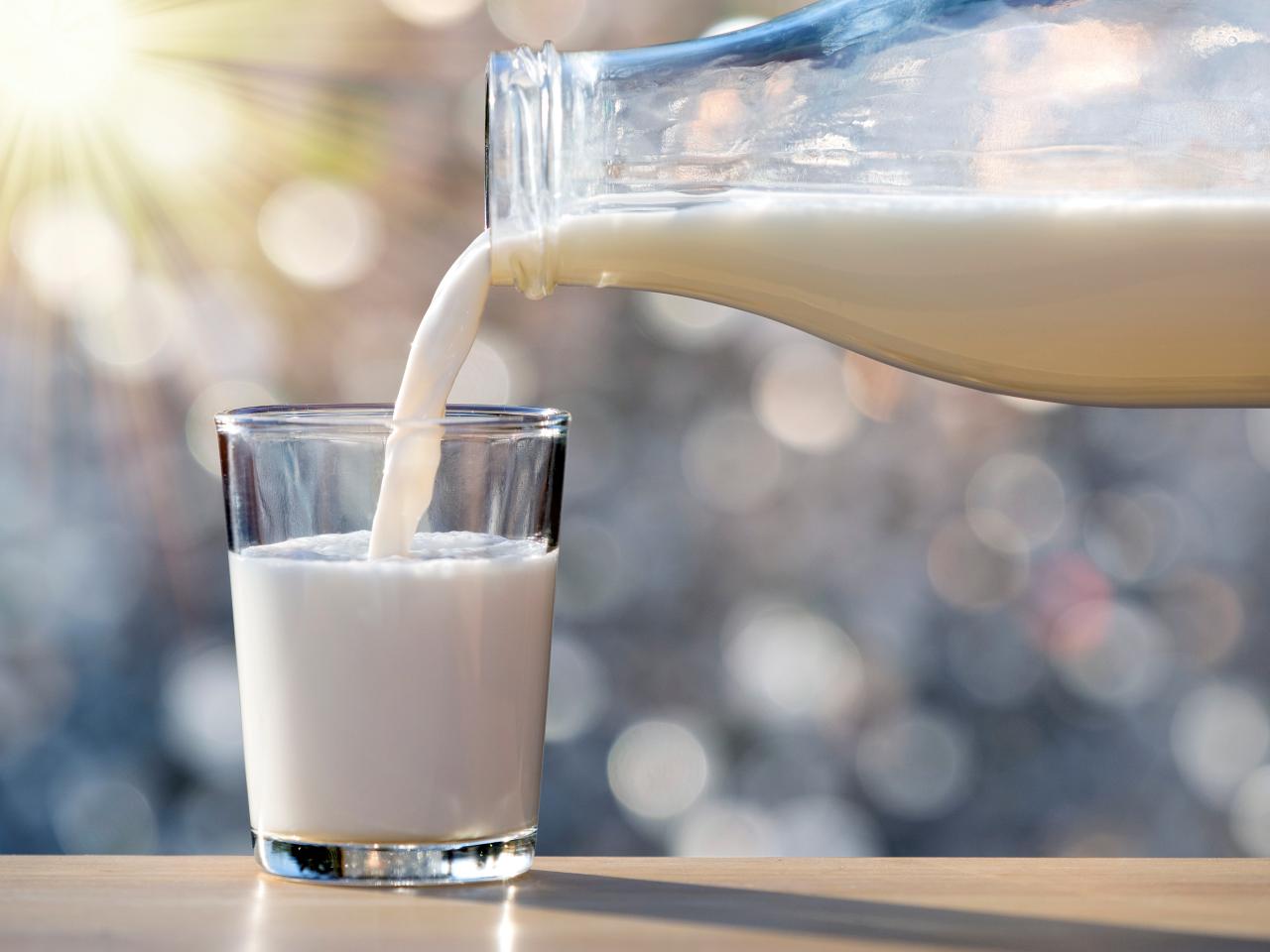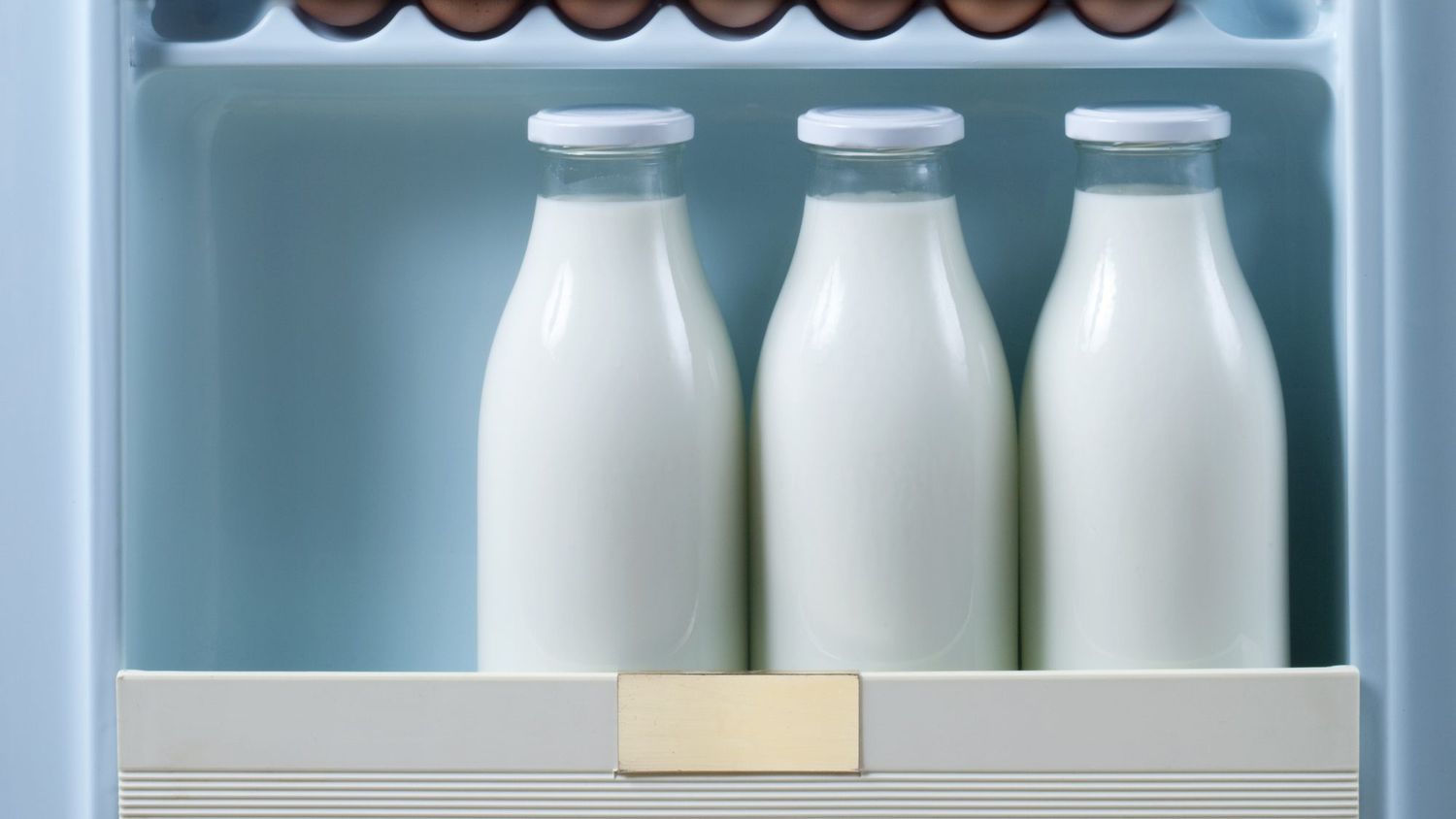
Is Milk Safe After a 12-Hour Power Outage?
The USDA recommends that perishable food items like milk should not be consumed if they have been stored above 40°F (4°C) for more than 4 hours. After 12 hours without power, it’s likely that the temperature in your refrigerator has risen above the safe zone, especially if the door has been opened multiple times. In this case, it’s best to discard the milk to avoid the risk of foodborne illness.
Why Milk Spoils Quickly
Milk is a highly perishable product because it contains bacteria that thrive in warmer temperatures. When milk is stored above 40°F for too long, these bacteria can multiply quickly, leading to spoilage and a higher risk of contamination. This can result in sour taste, curdling, and the potential growth of harmful bacteria like Salmonella or E. coli.
How to Tell If Your Milk Has Gone Bad
Even if your milk looks fine after a power outage, it may still be unsafe to drink. Here are some key signs to look for that indicate your milk has spoiled:
1. Sour Smell
The easiest way to tell if milk has gone bad is by its smell. Fresh milk should have a mild, clean scent, while spoiled milk will have a strong, sour odor. If your milk smells off, it’s best to discard it immediately.
2. Changes in Texture
When milk spoils, it often becomes lumpy or curdled. If your milk has chunks or a thicker texture than usual, it’s no longer safe to drink. Pour a small amount into a glass to check the texture before consuming it.
3. Off Taste
If you suspect your milk might be spoiled but can’t detect any changes in smell or texture, take a small sip. Spoiled milk will have a sour, unpleasant taste. If the taste seems off, spit it out and discard the milk to avoid any health risks.
Steps to Keep Milk Safe During a Power Outage

During a power outage, there are steps you can take to keep your milk and other perishable foods safe for as long as possible:
1. Keep the Refrigerator Door Closed
To help maintain the cold temperature inside your refrigerator, keep the door closed as much as possible during a power outage. The less you open the fridge, the longer it will stay cold, giving you more time before perishable items like milk spoil.
2. Use a Thermometer
It’s a good idea to keep a thermometer in your refrigerator to monitor the internal temperature. The USDA recommends keeping the fridge at or below 40°F (4°C). After a power outage, if the temperature in the fridge rises above 40°F for more than 4 hours, it’s time to start discarding perishable items like milk.
3. Store Milk in a Cooler
If you expect the power to be out for an extended period, transfer your milk and other essential perishable items to a cooler with ice packs. This can help keep the temperature low enough to prevent spoilage until the power is restored.
When to Throw Out Other Perishable Items After a Power Outage

Milk isn’t the only food that should be discarded after a 12-hour power outage. Other perishable items stored above 40°F for more than 4 hours should also be thrown out. Here’s a quick guide to what should be discarded:
- Meat, Poultry, and Fish: Fresh or cooked, discard after 4 hours at unsafe temperatures.
- Dairy Products: Cheese, yogurt, cream, and butter should be discarded if stored above 40°F for more than 4 hours.
- Eggs: Discard eggs and egg-based products if they’ve been above 40°F for more than 4 hours.
- Leftovers: Any cooked leftovers or prepared foods should be thrown out after 4 hours in the temperature danger zone.
Foods That Are Safe to Keep After a Power Outage
Not all food needs to be discarded after a power outage. Here are some items that can typically last longer without refrigeration:
1. Hard Cheeses
Cheeses like cheddar, Parmesan, and Swiss can be kept at room temperature for longer periods without spoiling. However, always check for any changes in smell, texture, or appearance before eating.
2. Condiments
Condiments like ketchup, mustard, soy sauce, and vinegar-based dressings can usually be kept after a power outage. These items contain preservatives that help them last longer without refrigeration.
3. Fresh Vegetables and Fruits
Most fresh vegetables and fruits are safe to keep after a power outage, especially if they haven’t been cut or cooked. Inspect fruits and vegetables for signs of spoilage, but hardier items like carrots, apples, and potatoes can usually last without refrigeration.
FAQ
| Question | Answer |
|---|---|
| Can I drink milk after a 12-hour power outage? | No, milk should be discarded if it’s been stored above 40°F for more than 4 hours. After a 12-hour power outage, the temperature in the fridge is likely too high to keep milk safe. |
| How long can food stay safe in the fridge without power? | Food can stay safe in the fridge for up to 4 hours without power, as long as the door remains closed. After 4 hours, perishable items should be discarded. |
| What should I do with other dairy products after a power outage? | Other dairy products, such as yogurt, cheese, and butter, should also be discarded if they’ve been stored above 40°F for more than 4 hours. |
| Can I save my milk by transferring it to a cooler? | Yes, transferring milk to a cooler with ice packs can help keep it cold if the power is out for an extended period. Be sure to monitor the temperature and discard if it rises above 40°F. |
| What foods can be kept after a power outage? | Hard cheeses, condiments, and fresh fruits and vegetables can usually be kept after a power outage. Inspect for signs of spoilage before consuming. |
If you need help with cleanup or restoration after a prolonged power outage, contact Citywide Mold Mitigation for expert assistance today.

